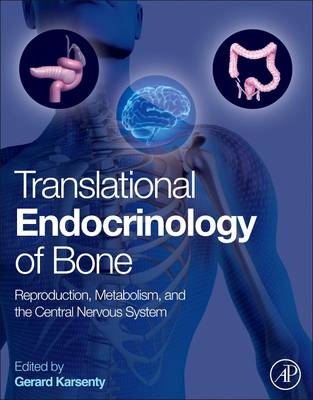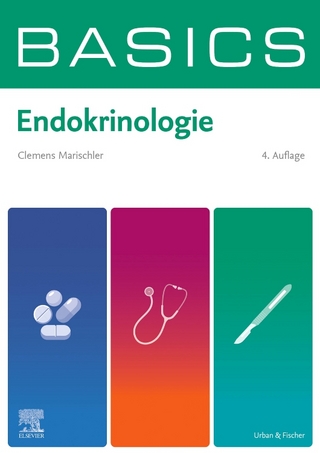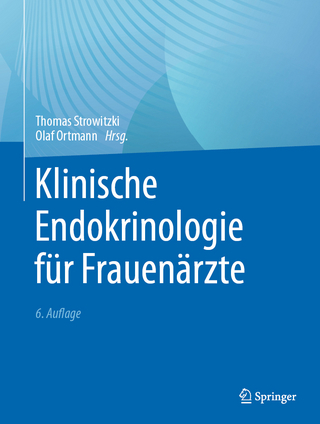
Translational Endocrinology of Bone
Academic Press Inc (Verlag)
978-0-12-415784-2 (ISBN)
The use of model organisms together with the power of genetics has profoundly affected our understanding of the physiology of one organ, the skeleton, in two distinct but complementary ways. This is the first translational reference to focus on these major conceptual advances in bone biology and their development in the clinic. Several advances have already been translated into therapies and others are being tested for diseases as different as osteoporosis, type-2 diabetes, and hypo-fertility. This book is a timely reference for both basic and clinical researchers in bone biology and endocrinology.
Gerard Karsenty received his MD and PhD from the University of Paris, France and completed his post-doctoral training at the University of Texas MD Anderson Cancer Center in 1990. His laboratory has studied every aspect of skeletal biology ranging from cell differentiation to function. His laboratory was the first one to decipher the molecular bases of osteoblast-specific gene expression, work that culminated in the identification of Runx2 as the master gene of osteoblast differentiation. The overarching assumption of Dr. Karsenty’s work is that the appearance of bone during evolution has profoundly changed the physiology of animals because of the energetic cost that bone growth entails. Thus, over the last 10 years, his group has explored the hypothesis that the control of bone mass and energy metabolism must be coordinated and that this coordination is done, in large part, by hormones like leptin and osteocalcin that appear during evolution with bone. His lab has explored every aspect of this hypothesis through genetic and molecular means. Concurrent with this research, the Karsenty lab is exploring whether there are additional connections between bone physiology and the function of other organs such as fertility. This work culminated in the discovery that bone, via osteocalcin, regulates testosterone production.
1. Introduction 2. Bone Remodelling & Regulation* 3. Food Intake of Bone Formation 4. Central Control of Bone Mass 5. Neuropeptide Y and Bone Formation6. Serotonin: The Central Link between Bone Mass and Energy Metabolism 6. Gut Serotonin Bone Formation 7. Gut Serotonin and Osteoporosis 8. Regulation of Bone Resoprtion by PPARGamma 10. Regulation of Energy Metabolism by Bone 11. Bone Marrow Fat and Bone Mass 12. Bone Mass and Energy Metabolism in Humans 13. Regulation of Fertility by Bone 14. Molecular Signaling by Osteocalcin 15. Regulation of Phosphate Metabolism by FGF23 16. The Clinical Use of FGF 23 17. Transcriptional Regulation of the Endocrine Function of Bone
| Verlagsort | San Diego |
|---|---|
| Sprache | englisch |
| Maße | 216 x 276 mm |
| Gewicht | 940 g |
| Themenwelt | Sachbuch/Ratgeber |
| Schulbuch / Wörterbuch ► Lexikon / Chroniken | |
| Medizinische Fachgebiete ► Innere Medizin ► Endokrinologie | |
| Medizinische Fachgebiete ► Innere Medizin ► Rheumatologie | |
| Studium ► 1. Studienabschnitt (Vorklinik) ► Physiologie | |
| ISBN-10 | 0-12-415784-X / 012415784X |
| ISBN-13 | 978-0-12-415784-2 / 9780124157842 |
| Zustand | Neuware |
| Informationen gemäß Produktsicherheitsverordnung (GPSR) | |
| Haben Sie eine Frage zum Produkt? |
aus dem Bereich


